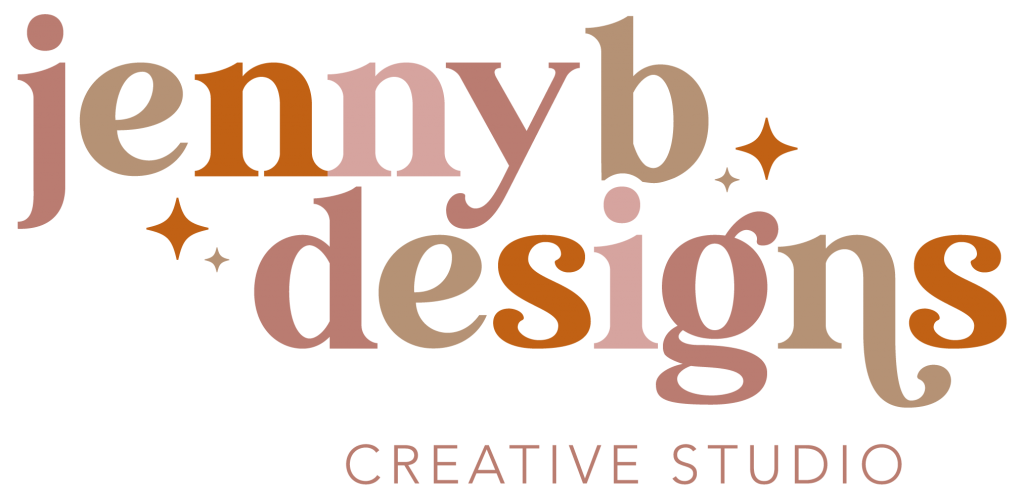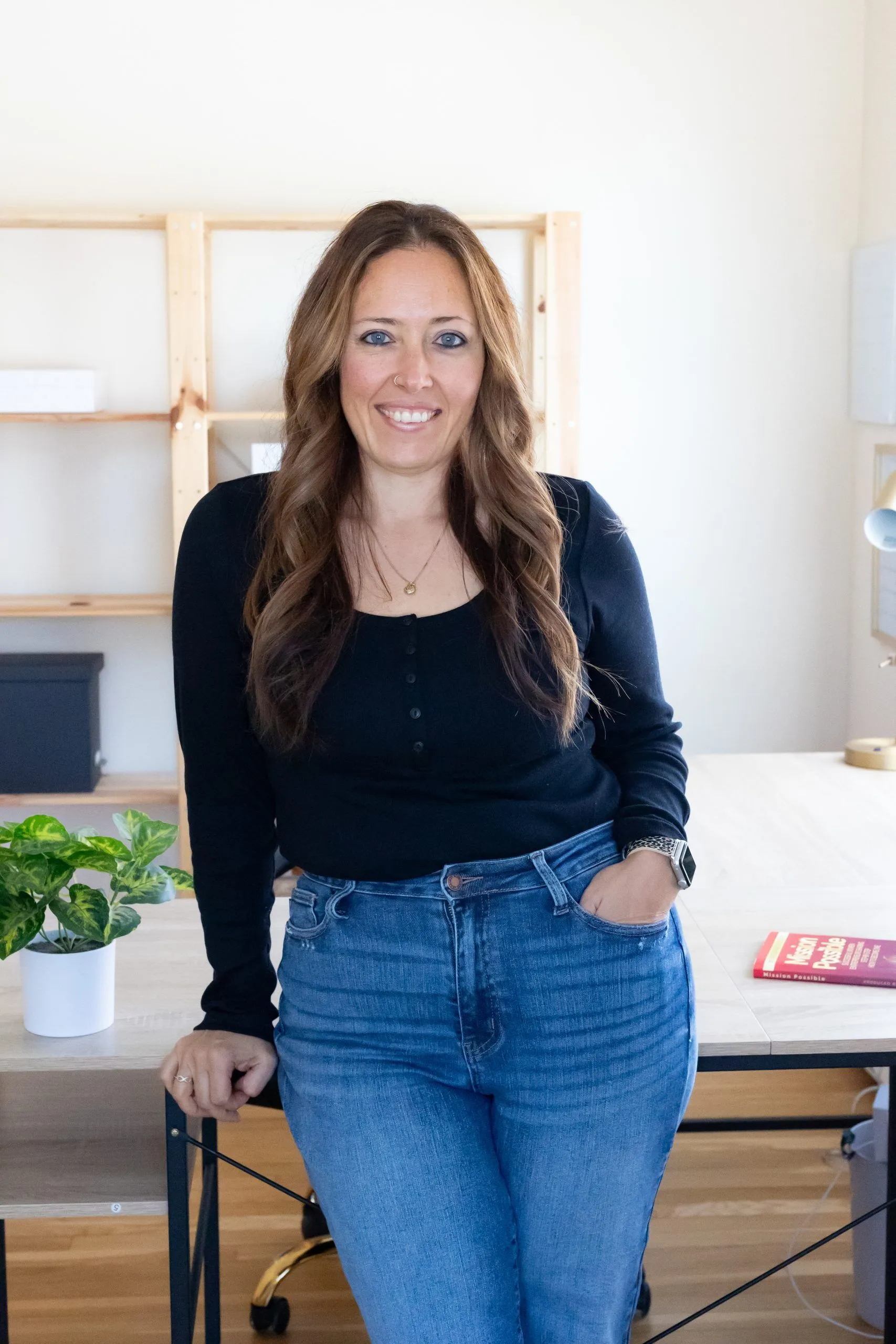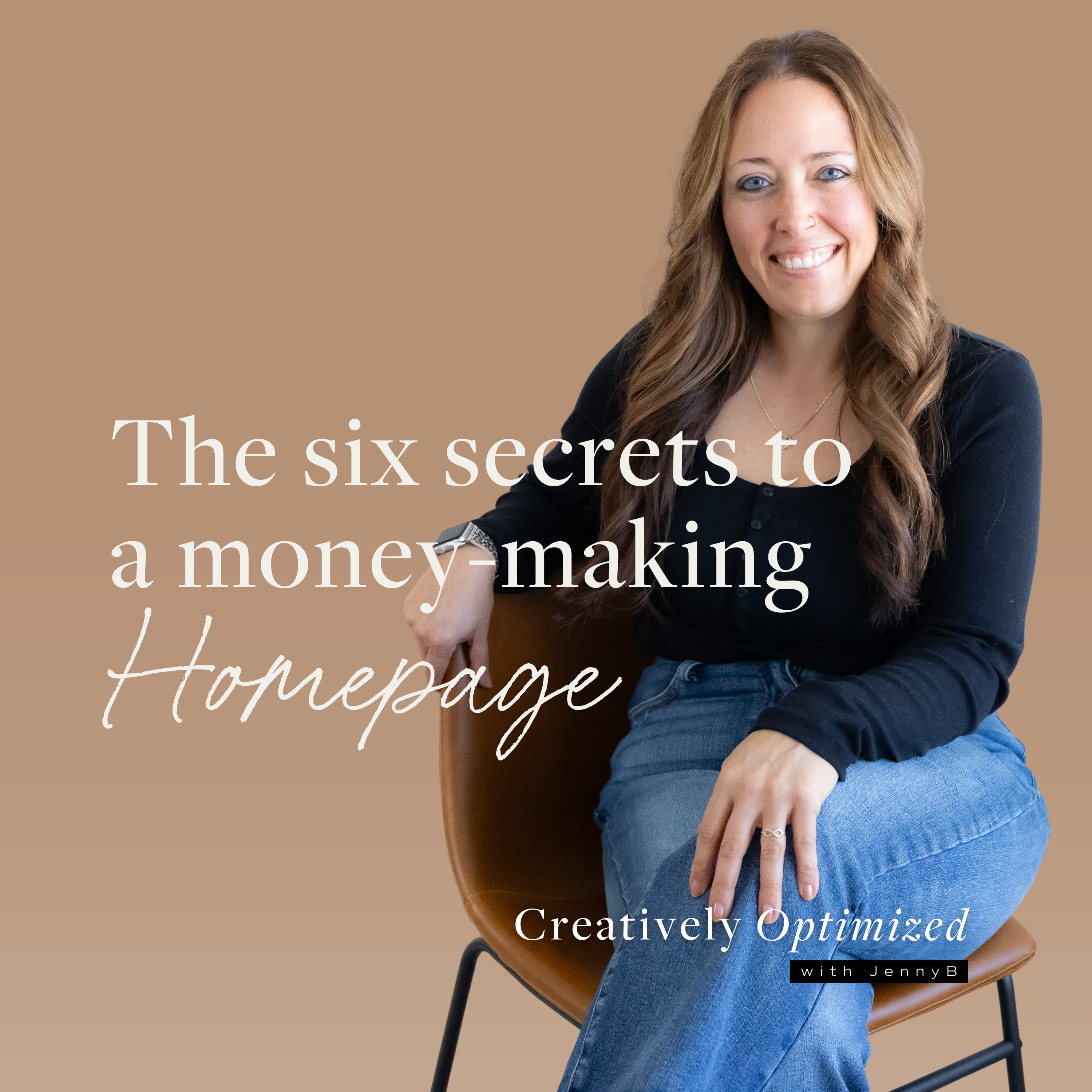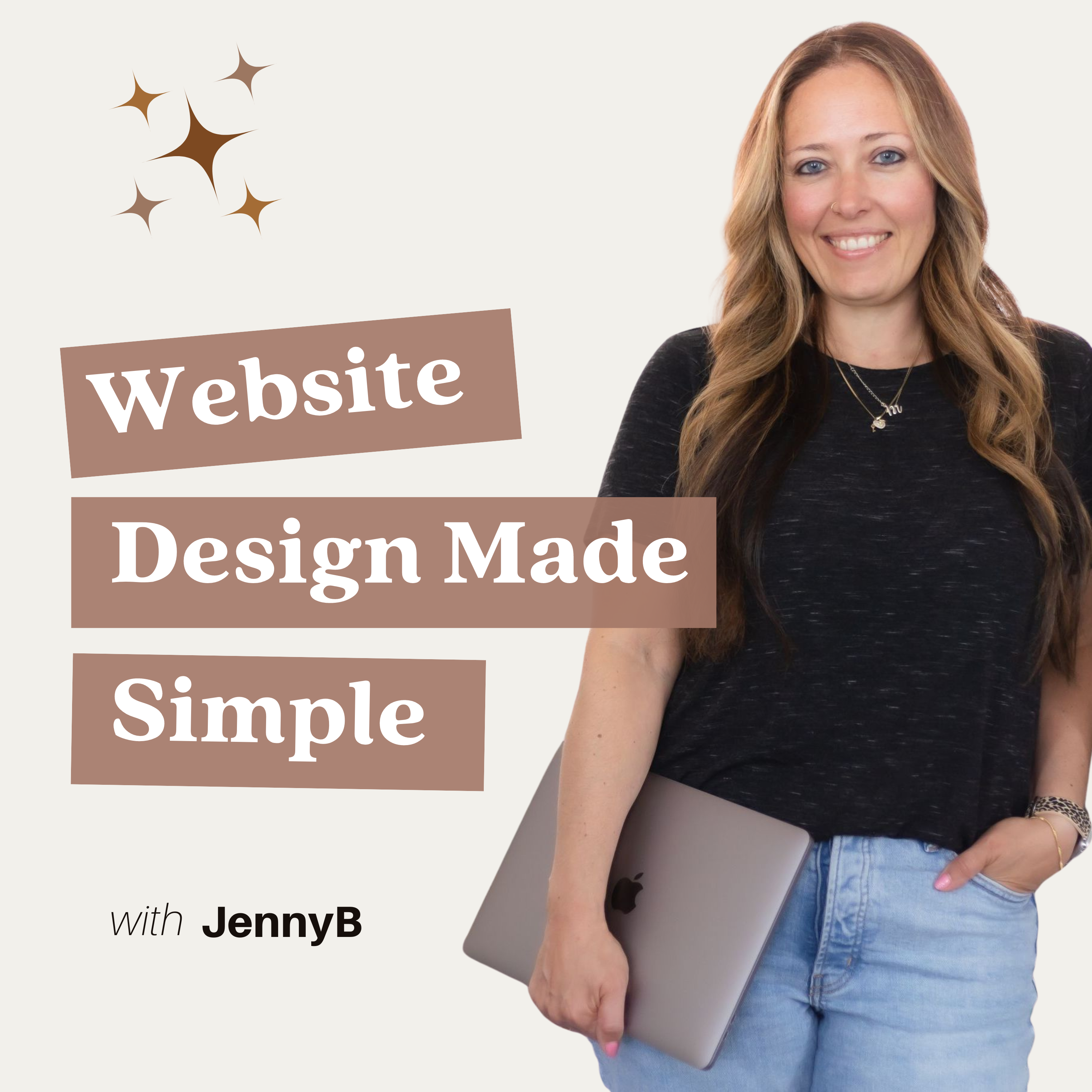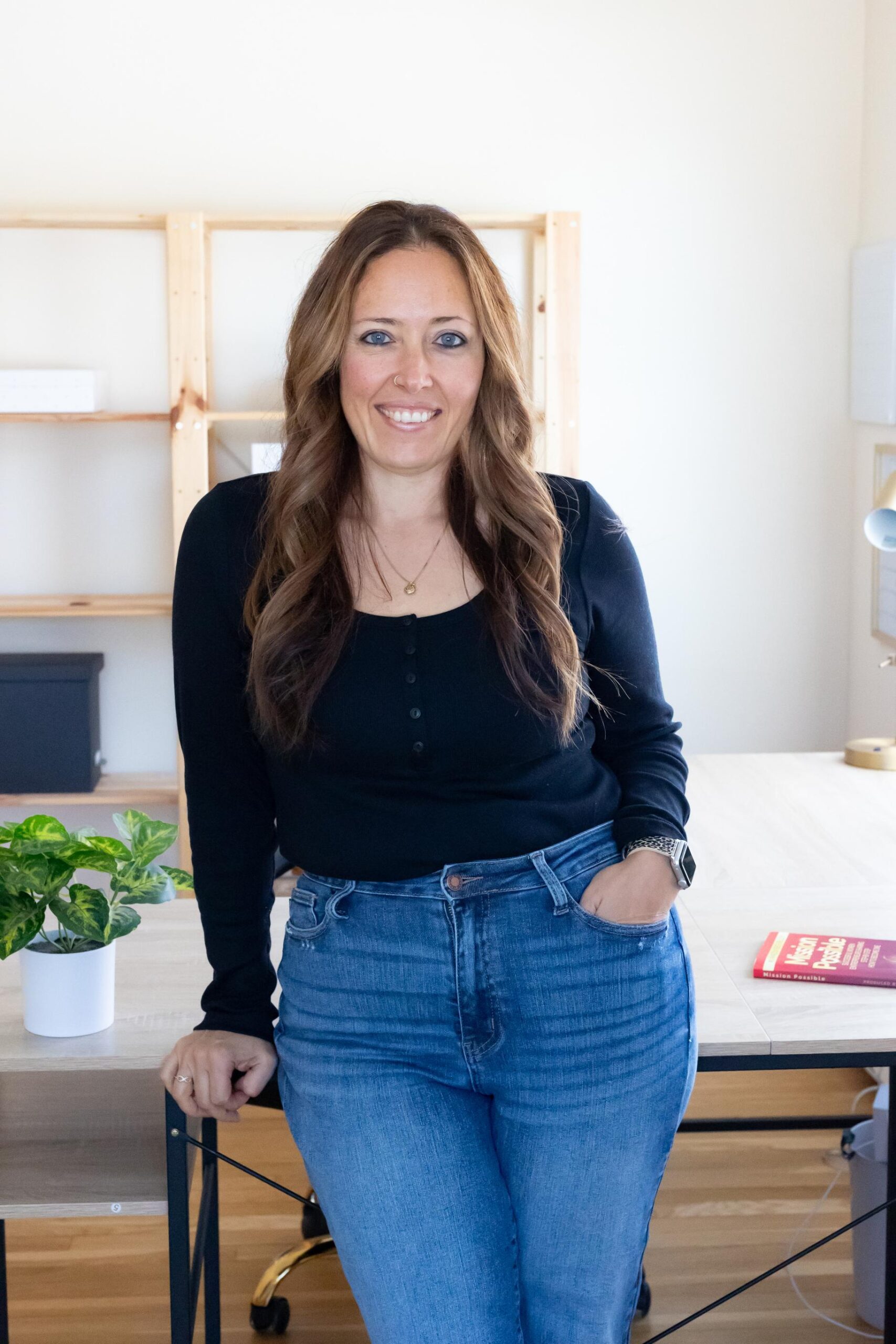Curious about how many hours it takes to design a website? Well, the short answer is — it depends on a variety of factors. But for my website projects it takes an average of 40 -60 hours from start to finish. Translate that to the length of a typical engagement with me, and that’s 4 weeks from the start of the website build to our launch.
Table of Contents
Toggle1. What are the Factors Influencing Website Design Time?
The time required to design a website can vary greatly depending on several factors. These factors range from the complexity of the website itself to the specific requirements and resources involved in the project. Let’s explore each of these factors in detail:
a. Website complexity (simple brochure site vs. complex e-commerce site)
The complexity of the website plays an important role in determining the design time. A simple brochure site, which typically consists of a 4-5 pages showcasing information about a business will require less time compared to a complex e-commerce site. E-commerce websites involve additional components such as product catalogs, shopping carts, checkout processes, and various integrations with payment gateways and shipping providers. The more complex the website, the more time is needed for planning, designing, and developing the various components and functionalities.
b. Number of pages and features required
The number of pages and features required for the website directly impacts the design time. A website with a larger number of pages, such as a business that offers a variety of different services that each require their own page, or perhaps a nonprofit with an array of offerings, will naturally require more time to design and implement versus a 4-5 page brochure site as mentioned above. Additionally, the need for integrating third-party services such as CRM’s, payment gateways, shopping carts, or other integrations can further increase the design time.
c. Custom design requirements vs. using pre-built templates
Websites can be designed from scratch, which is what I do exclusively for my clients. One of my super powers is bringing your personality out online on your website and custom is the only way to do that. Custom designs involve creating unique layouts, visual elements, and branding assets, which typically takes more time than using pre-built templates. That said, pre-built templates may still require customization to align with the desired look and feel, which can also add to the design time to the process.
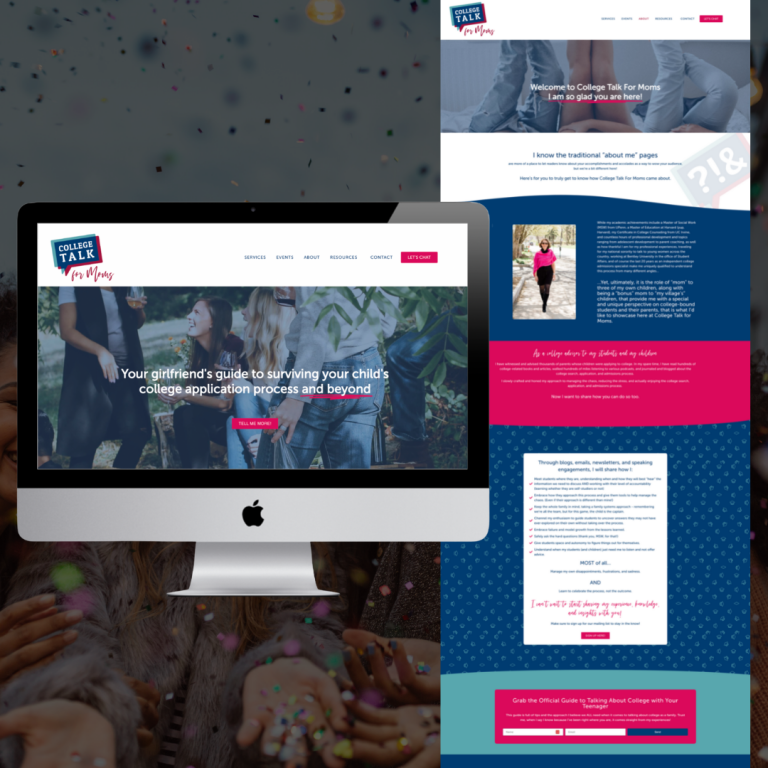
d. Content creation (branding, copy, photography)
The creation of content, including text, images, and videos, is an integral part of website design. If the branding or content needs to be created such as working with a brand designer or copywriter on my team, it can significantly increase the design time. On the other hand, if the branding + content is already available and only needs to be integrated into the website, the design process may be faster.
e. Need for special functionality (e.g., online booking, calculators)
Some websites may require special functionality, such as online booking systems, calculators, donation forms or other custom features. Implementing these functionalities can be time-consuming, as they often involve complex coding, integration with third-party services, and extensive testing to ensure proper functionality.
f. Experience level of the designer(s)
The experience level of the designer(s) working on the project can also impact the design time. As a designer who has been doing this for 20+ years, I have a deep understanding of web design principles and project management and can complete the project more efficiently. And on the other hand, an inexperienced designer may require more time to familiarize themselves with the tools and processes involved.
These are all factors to contribute to the timeline.
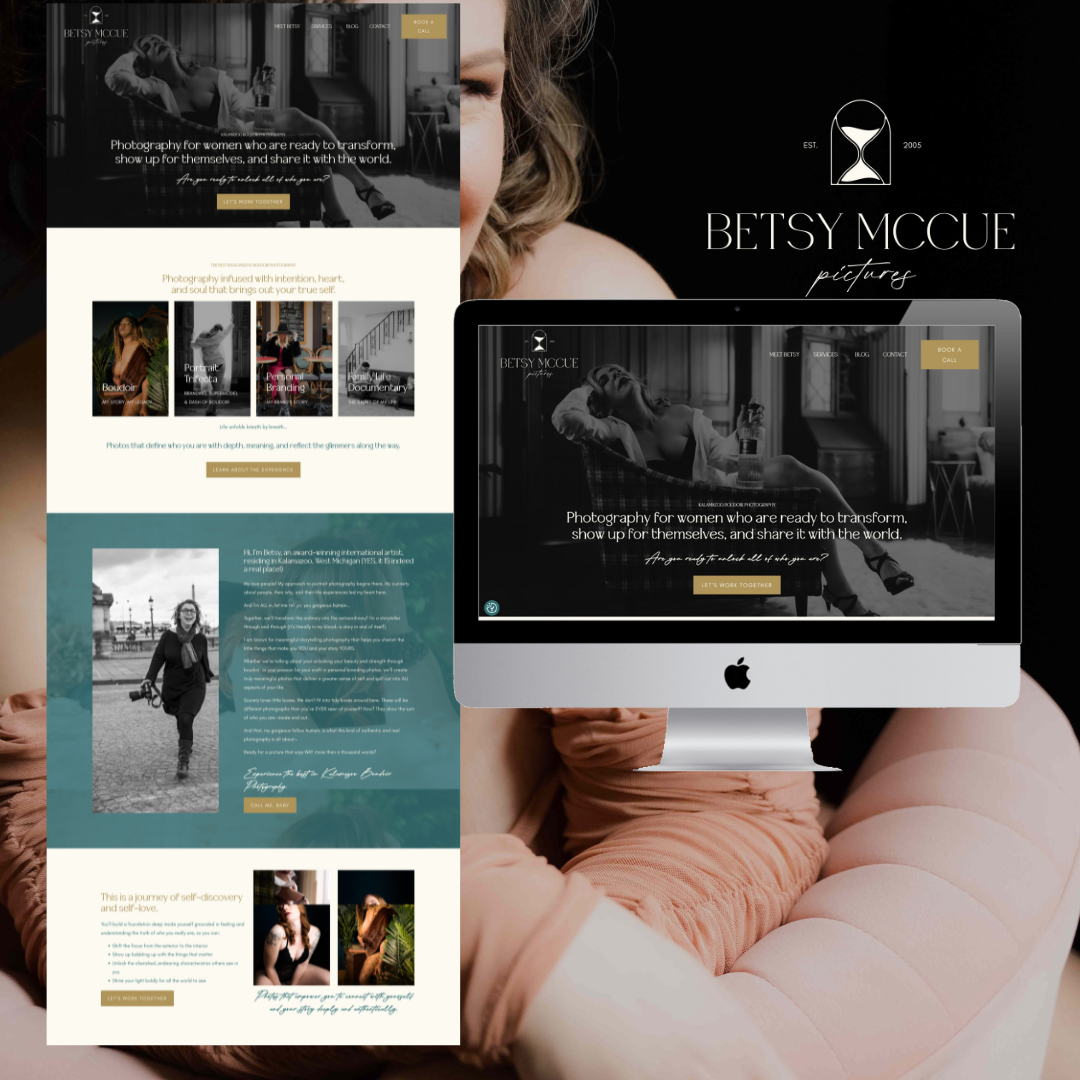
You might also like: Substack vs WordPress — Which Blogging Platform is better?
2. What is the Website Design Process
Then designing a website is a multi-step process that involves careful planning, creative execution, and technical implementation. Understanding the various stages of the design process can help manage expectations and ensure a smooth workflow. At JennyB Designs, the typical website design process consists of the following steps:
a. Discovery Call
First up, a discovery call. We’ll chat about you and your business. I want to learn about your goals, what’s working on your current site, what isn’t, and what your dream website includes. Then I’ll explain how I work and answer questions.
b. Proposal
After our call, I’ll send you a proposal that includes the technical stuff and the proposed timeline and investment. If you decide to move forward, the project officially begins with a signed contract and a deposit. I have payment plans available.
c. Kick-Off
Then it’s time to get rolling. You answer a questionnaire with your inspiration sites and credentials and then it’s on to our 60-minute kick-off call. We’ll get clear on the strategy and site navigation and I’ll share the content I need from you to begin building. And by content, I mean copy and imagery. I always have professionals if you need help with either (copywriters or photographers) but if you’re a do it yourself type, I do have a copy guide to share.
d. Design
Once the content is ready, the build starts. I start putting everything together designed to strategically showcase your services and turn visitors into clients. I’ll also make sure all your integrations such as email marketing, contact forms, and CRM’s are in place. You’ll get a chance to review the site, request edits, and then it’s go-time.
e. Go Live
Now we’re ready to launch. We will jump on zoom, walk through the site together, and then go live. I’ll record a tutorial on how to use your site for future reference. It is always my goal to leave you with a website you can update yourself and feel in control of.
By following my structured design process, I ensure a cohesive beautiful and strategic final product that attracts your ideal clients and makes you money.
3. General Time Estimates
While the actual time required for website design can vary greatly depending on the factors mentioned earlier, it’s helpful to have a general idea of the typical timeframes for different types of websites. Here are some rough estimates:
a. Simple Brochure Site (5-10 pages)
About 85% of my clients come to me wanting a succinct brochure website with a few pages and basic information about their business or organization. Including a blog, freebie landing and thank you pages. This may take anywhere from around 40-80 hours to complete. This includes planning, design, content collection, and development.
b. Medium Complexity Site (10-20 pages)
The remainder of my clients are nonprofits and larger organizations and call into this category. For a website with more pages, additional features, and all my custom design elements, the estimated time can range from 80-200 hours. This type of site may also include more advanced integration features with third-party services.
c. Complex Site (E-commerce, Custom Features):
I do not currently offer E-commerce websites, but highly complex websites, such as e-commerce platforms with product catalogs, shopping carts, payment gateways, and custom functionality, can easily take 200+ hours or more to design and develop. These projects often require extensive planning, custom coding, and rigorous testing.
It’s important to note that these hours are rough estimates and can vary greatly based on the specific requirements, resources available, and experience level of the design and development team. Additionally, factors like the need for extensive content creation, integration with multiple third-party services, or the implementation of complex features can increase the overall timeline even longer.
4. Considerations for Efficient Design
While website design can be a complex and time-consuming process, there are several strategies that can help streamline the workflow and potentially reduce the overall time required. After designing for more than 100 small businesses, I’ve learned what works and what doesn’t. Projects start with a clearly defined scope and requirements from the outset.
From starting with understanding the overall goal of the website and guiding the client through content collection to developing the site, testing and launching, I have a proven process with systems to help keep the design project moving efficiently and on time.
5. Working with the right website designer makes all the difference
There are many different factors that determine how many hours it takes to design a website and a project can vary from 40 hours – 200 hours. What makes a huge difference in the efficiency and outcome of your design project is selecting the right website designer. Ensuring you select an expert with a proven process and track record will ensure your project stays within the lower end of the hours versus a website that isn’t swiftly launched.
If you’re looking for help building a new website I’d love to work together. Let’s grab a virtual coffee and get to know one another. Find out how we can design a website together.
